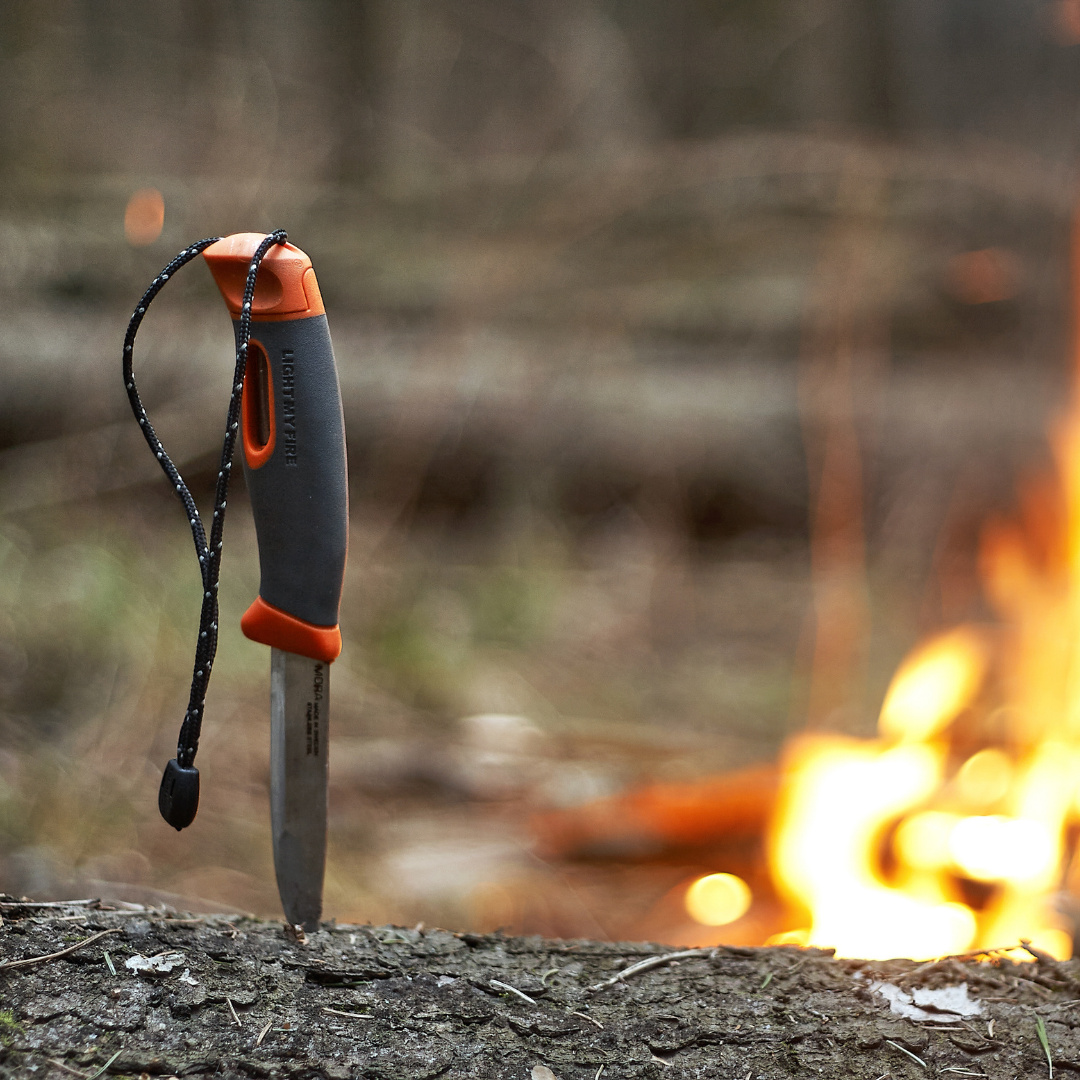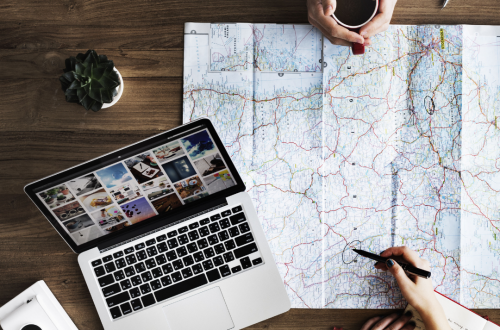
How To Choose A Camping Knife
If you’re going to be camping for any length of time, you need a good camping knife. It’s no good hauling around an expensive multi-tool and expecting to be able to get into every crevice of your campsite. A good camping knife can ensure that you can perform all kinds of tasks in a safe and tidy way, from basic things like cutting cheese and opening those canned drinks to more adventurous actions such as cutting rope or carving a seat out of a log, to more specialized tasks such as making repairs to tents and cooking.
- Material of the Blade
For a camping knife to be effective, it needs to be made from a tough material. This ensures that it will resist all kinds of weather conditions and that it won’t break easily if you’re having a few beers and start to get a little careless. Every once in a while, we come across a blade that stands out. These blades are not just pretty to look at, they can survive a lifetime of camping, fishing, and outdoor use. They are made with the toughest materials and are fitted with the highest grade of steel and heat-treated to ensure dependable performance.
- Size of Blade
What’s the best way to get ready for a camping trip? First, you need to get the right knife. What size blade do you need? It depends. Unless you’re planning on eating your steak with a bread knife, a knife with a blade length of between 3 and 4 inches should work fine. One of the most important things to consider when buying a camping knife is the size of the blade. Since the blade is the most important part of the knife, it’s important to pick something that is the perfect size for your needs. You don’t want to end up with a knife that is too small for what you need to do and too big for what you need to cut.
- Type of Blade
There are three types of camping knives: fixed-blade, folding, and multi-tool. A fixed-blade knife is the hardest and heaviest of the three, while a folding blade is less durable and more compact but doesn’t lock open during use. A multi-tool has a blade on one side and a tool on the other, such as a bottle opener and can opener. Fixed-blade knives are available in all three types—but what’s the best?
There are many different types of camping knives, but the most important factor to keep in mind is the knife’s intended use. A great example would be a fixed blade knife that is foldable, such as a folding knife. These knives are designed for use in various situations, such as protecting your hands from the elements when working in an area away from camp. A fixed blade knife is also great for camping because if you need to cut something, you can simply pull it out of your backpack and cut with it.
- Handle is significant
There is a camp knife for every camp and every camper. Many of these knives are very well crafted, strong, and durable. But no matter how well designed the knife is, the handle needs to be just as solid and well built, maybe even better. A good knife handle should be made of natural materials like wood, stainless steel, and plastic. A knife handle should not be so thin that it could break under pressure. A handle should not be too thick that it would weigh down the knife. A good knife handle should easily be able to be gripped and held tight and should also look cool. One way to tell a great knife from a lesser knife is how the handle fits your hand. If your hands don’t fit well, the knife will not feel comfortable.
- Weight of the knife
You need a camping knife, but you don’t know how to choose one. You want the knife to be lightweight and foldable, so you can easily pack it and bring it along without having to worry about it getting in the way or being too cumbersome. You also want it to be durable, so you don’t worry about the knife breaking into pieces in your backpack. You need a knife that is going to cut through anything, so you don’t have to worry about it being too delicate or too heavy.
A great camping knife is critical to your survival, not just on the trail but also when it comes to everyday tasks around your campsite.





